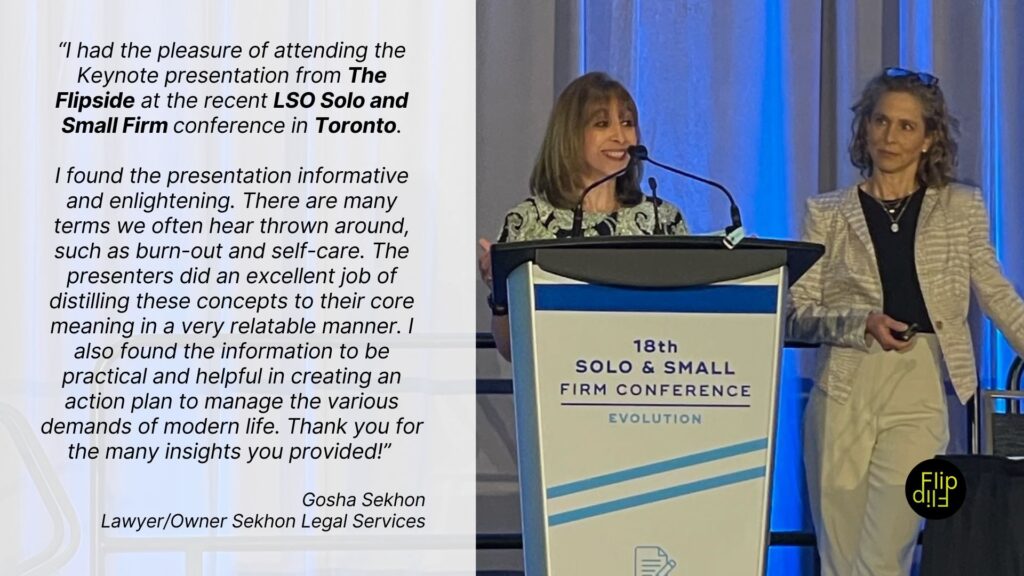Brain
Excellence in Midlife: Health tips for productive men (Part 1)

Controversy remains if men go through a type of “male menopause” called andropause. Little or no marketing has been done to the collection of common symptoms men go through in their middle age, usually after 40 but most commonly when they hit their 50s. Without going into the debate about “andropause” being a stage all men go through (as is menopause), here is some information you may find useful to navigate mid-life (with or without the sports car).
If you are a man in your forties or older and you have been noticing lately some muscle loss, fatigue, sleeping disorders, hair loss, change in mood, low motivation, extra fat around the waist, enlargement of your breasts and poor concentration (just to name a few), you may be going through andropause. And it is ok, the good news is that there are lifestyle areas you can start observing and adjusting today to make sure you travel through this stage with ease, strength, and overall mental and physical wellbeing.
Without trying to replace medical advice or expertise, I will briefly explain the nature of andropause and what happens in a man’s body during this process (please do seek specialized attention if this is something which concerns you). This is part one of a series of two articles on this topic. In the next delivery, you will find (free) practices and strategies to implement which may support your overall health and well-being.
Let’s call it andropause.
Andropause is attributed to a gradual decline in testosterone in men. Testosterone is the primary hormone in males, and it is commonly known to play a role in the development of reproductive organ tissues, but it is also key to regulating bone mass, fat distribution, muscle mass, and strength. In addition, testosterone (in both men and women) is involved in overall health, and most importantly, behaviour and mood.
The problem arises when men begin to age, and their testosterone starts to naturally decline. It is a slow process that starts at around 30 years old and causes a potential drop in testosterone by 1% every year. The main difference with menopause is that andropause is slow and gradual. Andropause has no evident start and no clear endpoint, and therefore it is hard to identify.
There are certain signs men can start identifying on their own to determine if they may be undergoing a hormonal change (and not a simple “mid-life crisis”). Usually, these signs appear but become an issue when a red flag appears (such as high blood pressure or an unexpected blood marker in the form of insulin resistance or high lipids). Or, even more surprising, when a friend sends you a picture taken at the beach the past weekend. Oh-oh.
A quick self-assessment.
Consider these ten questions as an initial screening tool to gauge whether you might be experiencing hormonal changes. If you identify with more than five questions, it could indicate a need for lifestyle adjustments to alter your course. If you haven’t reached that threshold yet, implementing some of the strategies outlined in Part 2 of this series may help you prevent a stronger decline.
- Are you unable to lose weight (regardless of long runs and daily workouts)?
- Has your waistline been growing (belly fat) in the past years?
- Are your breasts enlarging and your pec muscles becoming softer?
- Is your muscle mass reduced (harder to define your muscles)?
- Are you rapidly losing hair (body hair as well)?
- Are you unable to fall asleep or sleep throughout the night?
- Do you wake up feeling fatigued?
- Are you losing your motivation? Few things lift your spirit.
- Are you noticing less ability to focus and concentrate and diminished productivity at work?
- And, due to many of these symptoms, has your mood changed, do you sometimes feel depressed?
Some lifestyle factors.
In addition to the natural aging process and the gradual decline in testosterone levels that typically commence in men’s 30s, various lifestyle factors can affect this hormonal equilibrium. Addressing these factors can help prevent the decline in testosterone levels, thereby promoting overall well-being as men age. Here are five lifestyle factors that significantly impact men’s hormonal health and may serve as triggers for mid-life changes in men.
Accumulated stress:
Cortisol is a key stress hormone produced naturally by the body throughout the day. However, an excess of cortisol due to unmanaged stress can hinder testosterone production. Cortisol operates primarily during the daytime, and if it remains elevated after a full day, testosterone, which peaks during the night, may not be adequately released. This imbalance leads to a gradual decline in testosterone levels if stress is not effectively managed.
Low physical activity:
Research consistently demonstrates the positive impact of exercise on overall health. Following physical activity, testosterone levels increase, and maintaining an active lifestyle, where movement and exercise are integral, helps to balance testosterone levels while also regulating insulin and cortisol, among other bodily and cognitive functions. Sedentary men typically exhibit lower testosterone levels, as the body perceives less need for it.
Excess body fat:
There is an enzyme known as aromatase which is prevalent in fat cells. This enzyme converts testosterone to estrogen. Because most men lose muscle and gain fat as they age, their aromatase activity increases, which, in turn, reduces the amount of testosterone in the body while at the same time increasing the amount of estrogen in the body. Keeping a lower BMI and fat levels after 40 is essential for testosterone/estrogen balance after 40.
Sugar intake:
Sugar is everywhere, hidden in many foods we consume daily (click here to find out many of the names of sugar in packaged products).Sugar is in candy, processed foods, table sugar, dressings, sodas (even if they say zero sugar), bread, pastries, tomato sauce, simple carbs, and more. Its pervasive presence often goes unnoticed, yet it’s a primary culprit in many hormonal imbalances. According to a 2012 study, high sugar intake can reduce testosterone levels by up to 25% even in young, healthy males. When foods or beverages rich in sugar are ingested, the body triggers the release of insulin, a hormone crucial for stabilizing blood sugar levels. However, while performing this vital function, insulin concurrently exerts a direct and significant downward pressure on testosterone levels.
Alcohol:
Studies suggest that elevated and continuous consumption of alcohol (the amount of alcohol varies within studies) is related to lower testosterone levels. What is recurrent in every study is the consistent consumption of alcohol. Additionally, continued consumption of alcohol can lead to elevated levels of the female hormone estrogen. As mentioned earlier, fat cells possess an enzyme that converts testosterone into estrogen, further complicating hormonal balance.
A list of practices in Part 2.
So, what can you do if you are here? Being a woman, it is very hard to suggest what to do, right? But as an integrative health practitioner, an avid researcher, the wife of a man in his 50s, a daughter, and a mother of two boys, I will share in part 2 of this blog series four things you can start practicing today to get your “mojo” back on track.
Whether you’re grappling with muscle loss, fatigue, or shifts in mood and motivation, understanding the impact of hormonal changes in men is paramount, yet still a very quiet discussion. Stay tuned for Part 2 of this series, where I will share four actionable strategies which have proven positive and impactful to counterfeit these physical and mental challenges.
Stay tuned,
Rosana





